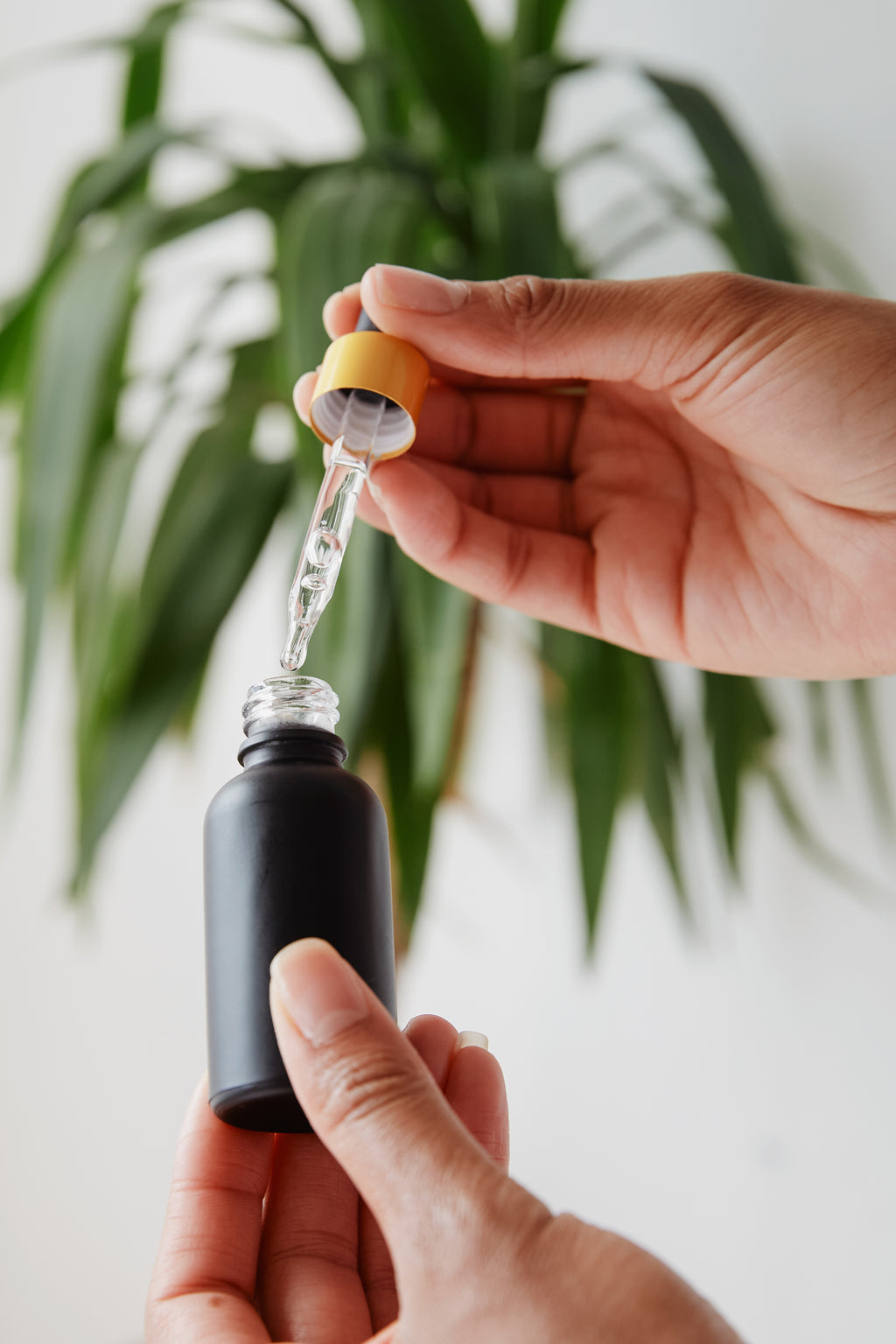There are 4 key points:
1️⃣ COMPOSITION: winter products may contain those components with which you need to be careful in summer.
For example, acids. We recommend introducing acids into the care with the help of a cosmetologist. A cosmetologist understands the concentration of acids, pH and will select the option that suits you, taking into account all the nuances.
2️⃣ TEXTURE: As a rule, dense textures are a bit heavy in summer.
We leave them for the winter period, when the skin wants to be moisturized and nourished. For summer products, choose lighter textures.
In an effort to protect the skin from the sun, to provide care for it, to even out the tone, many people create a "sandwich" of layers of creams, and the skin becomes stuffy ))
3️⃣ CHANGING CARE OBJECTIVES: Our skin feels and behaves differently in winter and summer.
We often feel dryness and the need for moisture in winter, in summer we suffer from oily sheen, we want to refresh and mattify the skin. Also, during the period of active sun, pigmentation and other problems are more likely to appear (rashes may increase, pores and black dots become more noticeable).
4️⃣ SUN PROTECTION: This is a must-have item in your skincare routine.
The sun is the enemy of our skin, a provocateur of premature aging, pigmentation, and dryness. Therefore, with the appearance of active sunlight, we switch to a cream with SPF. It protects our skin from their harmful effects.
We all live in different climate zones.
The sun heats everywhere in different ways.

How Do You Know When You Need Sunscreen?
Open the WEATHER application and look at the UV index.
If UV:
- less than 2 - no SPF needed
- 2-4 - being outside without SPF is safe for 15-20 minutes
- above 4 - SPF is required!
How to include SPF in your skin care routine?
The main rule: SPF should be on top.
In SPF cream, as a rule, either there are no or few care components, so it’s better to apply your own care cream or serum under it. Then your skin will receive both high-grade care and protection.
The scheme is this:
- cleansing
- tonic/lotion
- eye cream
- serum (preferably) or day cream
- cream with SPF
We recommend that you renew your SPF every 3 hours of your total exposure to the sun.
Spf 20. Spf 30. Spf 50. What To Choose?
The numbers show us the relative time for safe exposure to the sun. In fact, their meaning is very arbitrary. Focus not on numbers, but on the composition, sun filters and their mix in a particular product.

